
Have you ever played against an opponent you believe you should beat, but never have?
Have you suffered the frustration of knowing you are that close to a momentous win and yet can’t seem to make the breakthrough?
Or, have you walked off court wondering what happened, losing easily to someone you consider you’re as good as, and yet the score suggests a huge gulf in standard of play?
If you’ve answered yes to any of the above questions, then this series of articles may be the answer you’re looking for.
So What’s The Secret Skill?
In all standards of play, whether you’re a beginner, intermediate, club, league or professional badminton player, you need to understand how to read your opponent, identify their weaknesses and be able to use this information to create a tactical game plan.
So how do you do this?
Here’s a few ideas for you…
In this article, you’ll discover how to understand the bigger picture and then, in the next two articles you’ll hear how to analyse the components of skill and design tactics to expose and capitalise on your opponent’s weakness.
1) Style of play
No doubt you’ve played with and against a number of players. Each player has their own style of play, favourite shots, weaknesses, likes and dislikes.
The aim in this section is to simplify style and help you assess which style you and your opponent fits. Once you understand this, it’s a lot easier to begin building a game plan to beat them. Let’s take a look at the various styles and how to identify them.
Aggressive Attacking
This style of player is easy to identify. They try to attack everything. They like a fast-paced game and favour the big smash to finish off the rally at the earliest opportunity. There’s an almost brawn over brains mentality here although it’s being a little cruel to say this.
When serving to this style of player, they are ready to pounce on any loose shot. They have an aggressive attacking stance, toeing the service line and try to psyche you out and force a loose low serve or flick to allow the big smash return. Have you met this style of player yet? They can be very intimidating.
Attacking Thinker
This style of player is tricky and hard to beat. They can attack well and use a range of well-placed shots to achieve a desired result. They like to mix the pace, searching for openings, work well in a pair to create a weak return. There’s more finesse in their game, using a “whole court” approach to find the gaps in your game.
When serving to this kind of player, you need to pay attention to the variety in return they command. There’s less aggression in their game, preferring the well-placed return to the booming smash. Be on your guard, especially around the net and watch out for push returns. They will still latch on to a poor serve and bury it, however, they lack the aggression on court to send you back on your heels.
This type of player likes a more medium-fast paced game, although they are far more adept at changing the pace to create their openings.
Aggressive Defender
Whilst this term may seem odd, there’s a reason I use it. There are players who like to counter-hit. They like to set up certain situations, specifically to play for a certain return where they can inject pace into their defensive shot creating an unstoppable shot or causing a weak return.
Their defensive capabilities are good and they love to move the shuttle around the court quickly to expose weaknesses or open up a weak return, especially in the rear court.
Serving to this type of player will usually result in fast pushes to the rear court or at the server’s partner in doubles. They like to send an opponent the wrong way, so have developed good deception skills in order to use fast pushes to win points.
This style of player prefers a fast-paced game and they really like to drive the shuttle into the corners to create their openings. They love to hit “through” the attacking net player deep into the rear court.
Defending Thinker
This style of player is good at moving the shuttle around the court, but in a more defensive manner. They are happy to lift the shuttle and then manoeuvre the shuttle to expose the gaps in their opponents attack. Again, they like to use deception to fool their opponents and enjoy a slower pace of game, lifting high into the corners, blocking and pushing returns in order to create their openings.
Serving to this player is certainly less pressure. They tend to stand off the service line, preferring to cover their rear court rather than attack a low serve.
The Complete Player
The complete player is one that is a bit of a chameleon. They can play all four styles, although have a preference in terms of their most comfortable style. They will have weaknesses and some of these styles are almost alien to them, because they are so good at their preferred style of play.
With this type of player, it’s important to recognise the style they favour and either better it or learn to play against it.
Rally Points Scoring System Has Changed The Game – Have You Adapted?
The change in the scoring system for most players brought about a change in their style. In essence, they either adapted or were defeated (Darwen’s law about the survival of the fittest – fitness in these terms meaning adaptable to their surroundings).
The rally point system does not suit the slow starter so much, and certainly in professional arenas the defensive thinker is extinct. Players at this level must be able to adopt all styles and adapt them to their game instantly, choosing the style of return to meet the situation they are in, within a fraction of a second.
In league badminton, especially lower leagues, this is not seen as much. Consequently, matches are won and lost based on which style of player outplays their opponent. The rally point system still favours an attacking player, especially the aggressive attacker, although time and again, it’s the softer shot that finds an opening.
What To Do Next
Take a good look at the players in your club and see if you can work out which style of player they usually fit.
When you’ve completed this task, think about your own game and your preferred style of play. Does it remain the same, or does it change depending on your partner and the opposition? Note your findings.
Having identified these different styles, think about what you would do to counter a style you have difficulty playing against.
If you need help, check out my online coaching program…



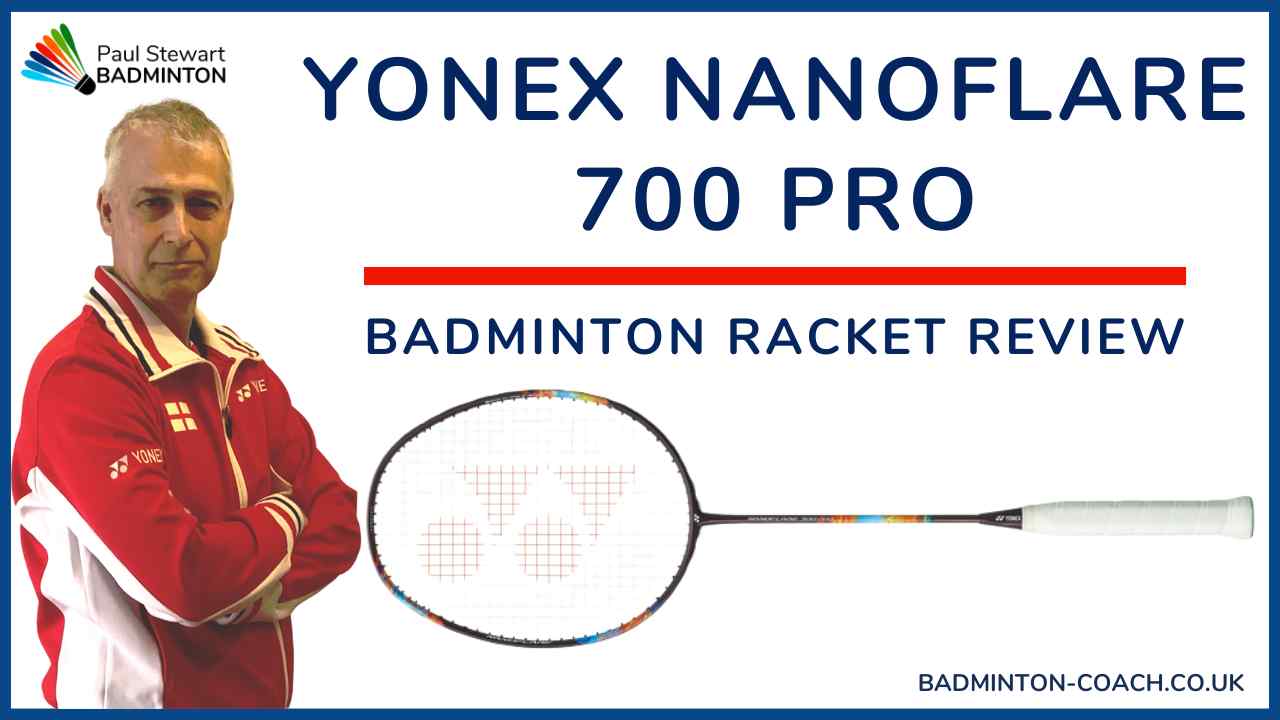

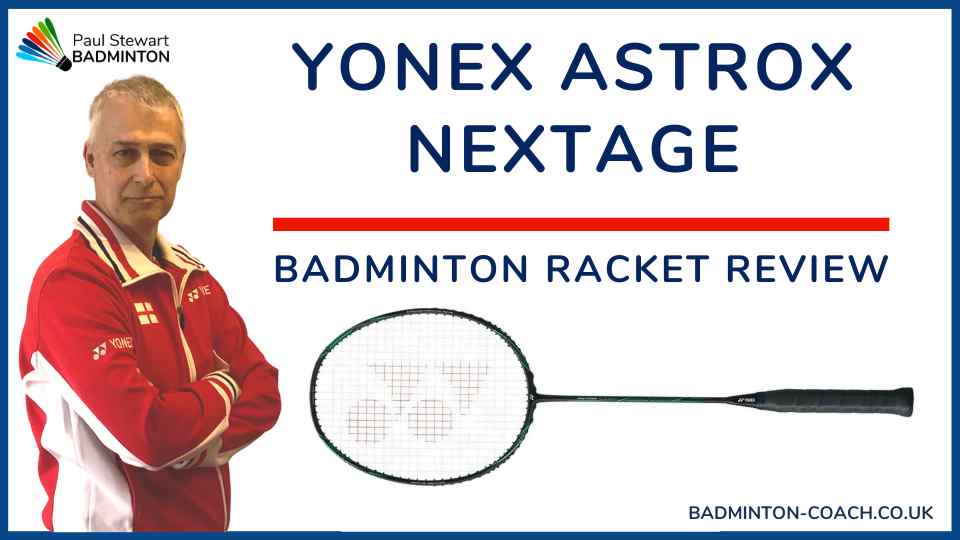

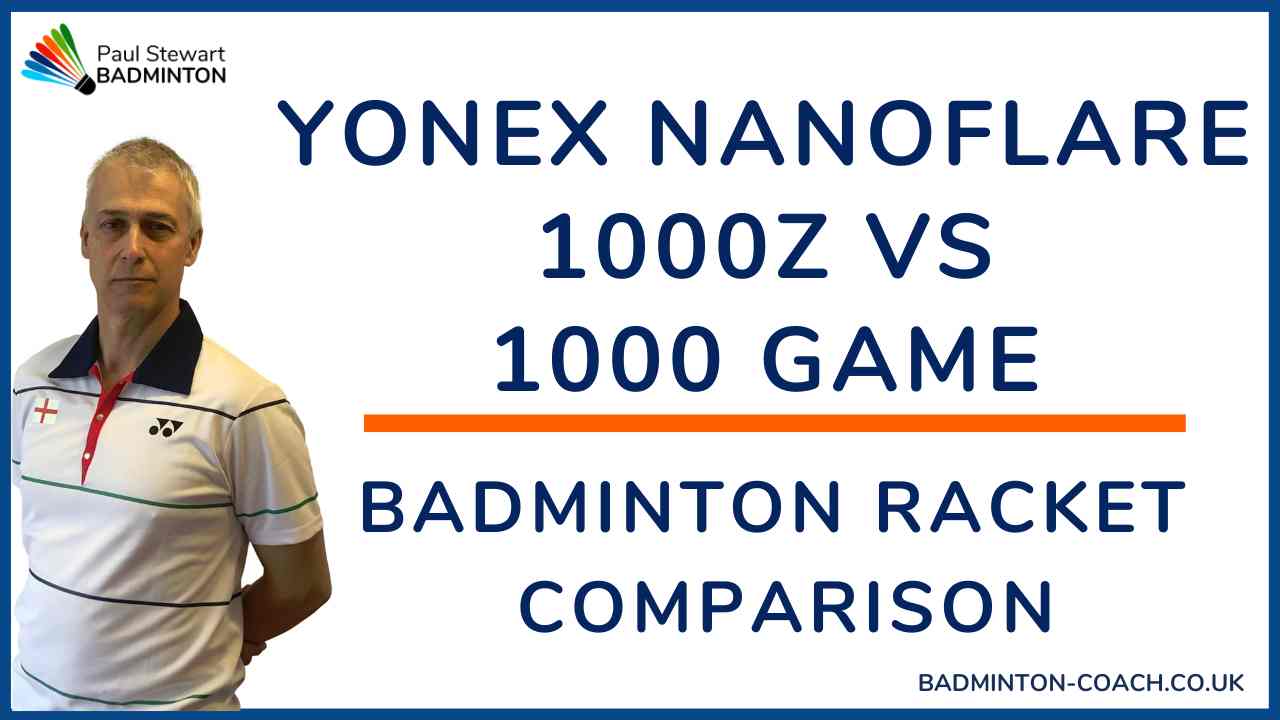
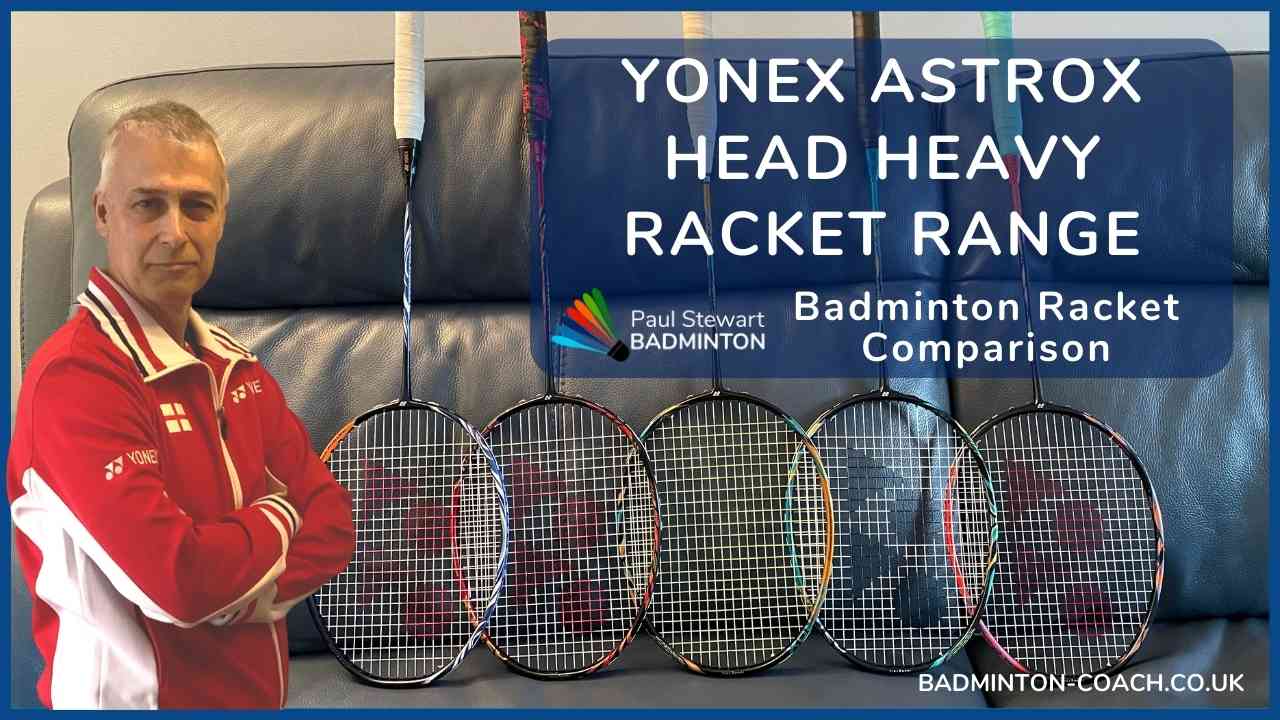

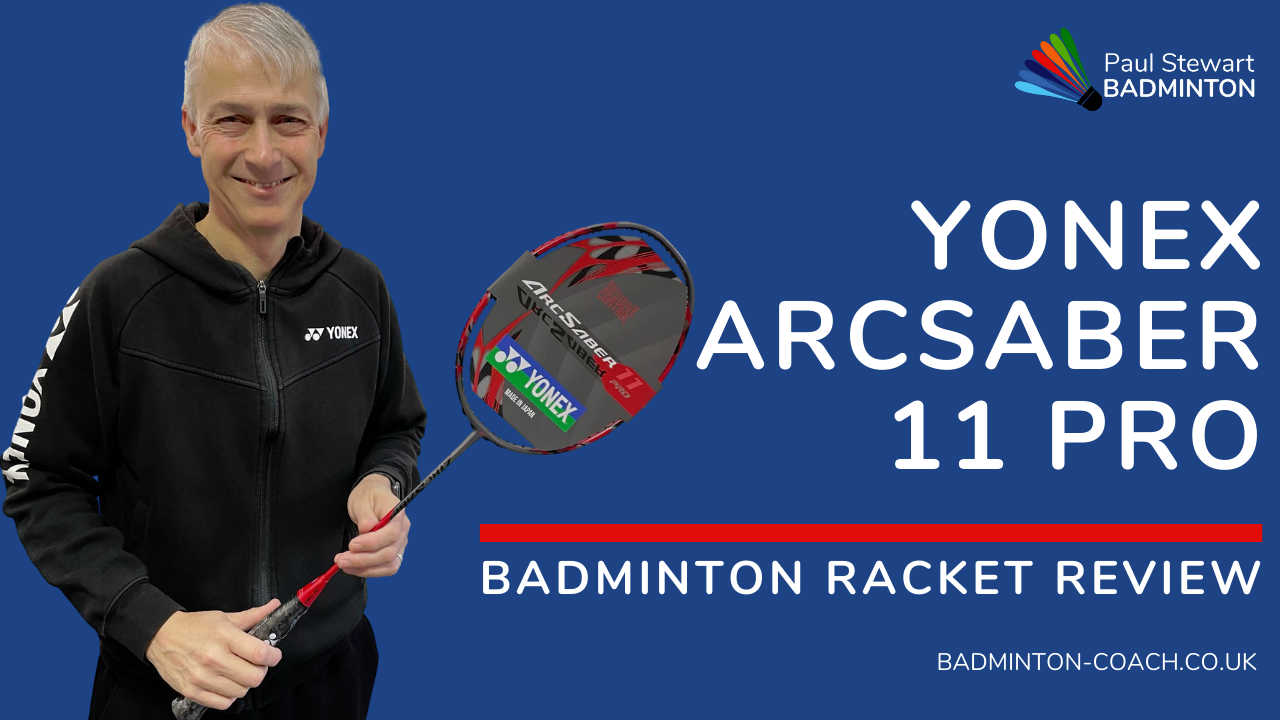

Paul’s styles breakdown covers everything, and IMO the trick is not to HAVE a style (or, at least, not to SHOW a style). If the other side clocks it, they’ll eventually bend the game in their favour.
The most difficult opponent to beat is the one who won’t do what YOU want them to, and this is how I try to play: foremost in my mind is “what’s the LAST shot they want me to hit?”
paul i would describe my style as a complete player with my strenght being able to cover the entire court fast and have time to pick out gaps in the opponents game. i am a subtle player who uses deception and variety along with outright pace and the ability to intercept low fast lifts and clears ( i m 6 foot, that helps) I dont have too much power but a lot of persistence and concentration and the ability to hit decent shots from awkward positions so i can keep the rally going for much longer than most players and forcing an error from the opponent rather than winning the point with a thumping smash.
[…] the first part of this series of articles, you discovered the different styles of badminton player. Some of you emailed me or commented on my […]
I really enjoy trying to out think an opponent on court and find a weakness. I too would say ‘attacking thinker’ is what I would aim to be on court. Although I find one of the best ways to disrupt an opponent is to be very defensive with high clears. It can often push an opponent to try to attack you when the shot isn’t there to be played, then giving you the opportunity to counter-attack a poor shot.
I can’t wait for the next article in this series.
What a great article, I would I think place myself as Aggressive defender, the first paragraph about setting up for a certain shot really rings true. however I also play a lot of drops and crosscourts not aiming to go through the attacking front player. Would be interested to see what you would have placed me as but then you haven’t actually seen me play for points?
My greatest difficulties are when I come up against older players ( often women) that like to play at the front, ie a foot off the net. I really struggle against them as they seem to read and kill these shots perfectly. I much prefer to be up against strong attacking men to block and drop against, especially if they are both vying to stay at the back and smash.
What shots should I use to exploit a front player that is too far forwards?
Hi Nic
Thanks for your comments.
First of all, watch the lady. Is she cross court to you or hovering on or around the “T”? You see, if she’s cross court, then a straight drop should be fine. If she’s around the “T” then a good angle cross court may catch her out.
The best shots to play when a lady hovers close to the net are fast pushes that go past her quickly and then die before they reach the man. She may try to move back and intercept, thus leaving the front of the court vulnerable to your next return.
Also, this kind of shot regularly sees both players go for it, or both leave it expecting the other to play it. This causes both players to be unsure and unless they sort it out, it can be quite amusing watching it all fall apart.
From what you’ve also told me, you have a fairly mean backhand smash now, so that’s another alternative. Either hit straight, or if the lady appears to be moving to cover a straight drop shot, smash court court. It may result in her standing her ground next time which gives you room for the straight drop.
You could also do with sking your partner to ensure she pushes down at the opposing lady, therefore forcing her away from the net.
Get good at this and you’ll see how highly tactical you’re playing against these opponents.
To your success.
Paul
In men doubles and mixed doubled i am a all out agressive attacker. I like a very fast pas paced game. 80 % of the time in men’s doubles i stand rear court. Fast drives and a diversity of smashed makes my game. I like to have a agressive thinker in front of me.
In men singles i a bit bitween a agressive thinker and a agressive attacker. I like to control the game with a diversity of attacking shots but when i get the chance to throw a big smash, i will do that.
It is very hard for me to play against simular level players who are the defending type. They play the rally and just waiting for the shot that i play out of the boundaries.
The best thing i can think of is to convert my playstyle to an definding style to. So he has to put more effort in his game to create an winning shotn then to just win points at faults from my side.
(sorry for my english, it is not my main language, but i try to do my best)
I find it’s hard to label some players’ styles of play. For my part, I’d fit into the ‘attacking thinker’ category. It’s my natural style, but I’ve also found it works against pretty much anything, and well.
Except very defensive styles. They wreck my pace, timing, angles, what-have-you-not. They usually back down when they figure I can move them anywhere from any position, but those guys with great footwork and smash defense, who seem to only know how to lob and drop, are a headache. Unless I can find specific weaknesses, I’m in for a very difficult set of games.
On the other end of the spectrum, I eat aggressive attackers for breakfast.
Rally scoring has done wonders for my game.
That’s my two cents. We’re off to a good start. I’m looking forward to the upcoming articles in this series!
Great article. I’ve played a few singles where my opponent only played clears and lobs. Answering this from my base line, returning to the center spot of my court, stopping and returning to the base line, caused me some problems. I won one, and lost one. Thanks !